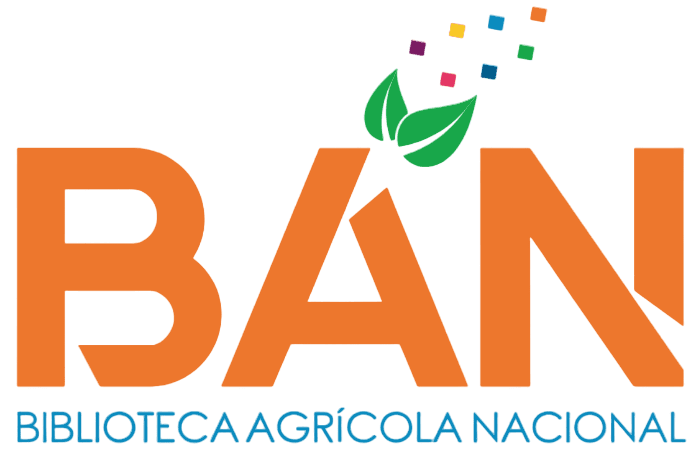Hidrogeoquímica de agua subterránea para uso poblacional en la zona del altiplano, Puno, 2023
Loading...
Código QR
Authors
Medina Ramirez, Williams Hugo
Contact Email
Abstract
El estudio tuvo como finalidad evaluar la calidad del agua subterránea de 372 pozos a tajo abierto destinados al consumo poblacional en cuatro zonas del altiplano de la región Puno (Juliaca, Ilave, Huancané y Ramis) durante el periodo de agosto a noviembre de 2023, con base en los Estándares de Calidad Ambiental (ECA) para agua de la categoría A1. La investigación fue desarrollada por la Unidad Ejecutora N.º 02 para la Modernización de la Gestión Integrada de los Recursos Hídricos. Se recopilaron datos técnicos del área y se efectuaron muestreos para determinar la aptitud del recurso hídrico, complementando los análisis con diagramas hidrogeoquímicos (Piper, Schöeller-Berkaloff y Stiff) y el cálculo del Índice de Calidad del Agua (ICA). Los resultados mostraron que el 56.18 % de los pozos cumplieron con los ECA de las categorías A1, A2 y A3, mientras que el 43.82 % excedieron los límites establecidos, siendo no aptos para uso poblacional. Se identificaron 79 pozos en categoría A1, 81 en A2 y 49 en A3. Los parámetros más preocupantes fueron arsénico (presente en el 25.81 % de los pozos), hierro (23.66 %), manganeso (9.14 %) y aluminio (2.96 %), con mayor incidencia en Ramis e Ilave. Asimismo, se registraron altos niveles de oxígeno disuelto (89.52 %), fósforo (44.62 %), turbiedad (29.57 %), pH alterado (18.55 %), conductividad eléctrica (12.63 %) y coliformes termotolerantes (22.58 %). La relación hidrogeoquímica reveló alta dispersión y concentración de sodio y cloruros en Ramis y Huancané, mientras que en Ilave y Juliaca predominó una baja concentración de sulfatos y bicarbonatos, con variabilidad en la relación calcio/magnesio. En cuanto al ICA, 76 pozos mostraron calidad excelente (20.43 %), 151 buena (40.59 %), 43 favorable (11.56 %), 55 regular (14.78 %) y 47 mala (12.63 %), destacando Ramis como el ámbito con mayor presencia de agua excelente y buena. Estos resultados evidencian la necesidad de implementar estrategias de remediación, vigilancia sanitaria y gestión integrada para proteger la calidad del agua subterránea en el altiplano Puno.
The study aimed to evaluate the quality of groundwater from 372 open-pit wells intended for domestic use across four zones of the highlands in the Puno region (Juliaca, Ilave, Huancané, and Ramis), during the period from August to November 2023, based on the Environmental Quality Standards (ECA) for Category A1 drinking water. The research was conducted by Executing Unit No. 02 for the Modernization of Integrated Water Resources Management. Technical data from the study area were collected, and water samples were taken to determine the resource’s suitability, supported by hydrogeochemical diagrams (Piper, Schöeller-Berkaloff, and Stiff) and calculation of the Water Quality Index (ICA). Results showed that 56.18% of the wells met ECA Categories A1, A2, and A3, while 43.82% exceeded the established limits and were considered unsuitable for domestic use. A total of 79 wells were classified under A1, 81 under A2, and 49 under A3. The most concerning parameters were arsenic (25.81% of wells), iron (23.66%), manganese (9.14%), and aluminum (2.96%), with highest incidence in Ramis and Ilave. Elevated levels were also found for dissolved oxygen (89.52%), phosphorus (44.62%), turbidity (29.57%), abnormal pH (18.55%), electrical conductivity (12.63%), and thermotolerant coliforms (22.58%). Hydrogeochemical relationships revealed high dispersion and concentration of sodium and chlorides in Ramis and Huancané, while Ilave and Juliaca showed low concentrations of sulfates and bicarbonates, and highly variable calcium/magnesium ratios. Regarding ICA results, 76 wells were classified as excellent (20.43%), 151 as good (40.59%), 43 as favorable (11.56%), 55 as fair (14.78%), and 47 as poor (12.63%), with Ramis showing the highest number of excellent and good wells. These results underscore the urgent need to implement remediation strategies, sanitary surveillance, and integrated management to protect groundwater quality in the highlands of Puno.
The study aimed to evaluate the quality of groundwater from 372 open-pit wells intended for domestic use across four zones of the highlands in the Puno region (Juliaca, Ilave, Huancané, and Ramis), during the period from August to November 2023, based on the Environmental Quality Standards (ECA) for Category A1 drinking water. The research was conducted by Executing Unit No. 02 for the Modernization of Integrated Water Resources Management. Technical data from the study area were collected, and water samples were taken to determine the resource’s suitability, supported by hydrogeochemical diagrams (Piper, Schöeller-Berkaloff, and Stiff) and calculation of the Water Quality Index (ICA). Results showed that 56.18% of the wells met ECA Categories A1, A2, and A3, while 43.82% exceeded the established limits and were considered unsuitable for domestic use. A total of 79 wells were classified under A1, 81 under A2, and 49 under A3. The most concerning parameters were arsenic (25.81% of wells), iron (23.66%), manganese (9.14%), and aluminum (2.96%), with highest incidence in Ramis and Ilave. Elevated levels were also found for dissolved oxygen (89.52%), phosphorus (44.62%), turbidity (29.57%), abnormal pH (18.55%), electrical conductivity (12.63%), and thermotolerant coliforms (22.58%). Hydrogeochemical relationships revealed high dispersion and concentration of sodium and chlorides in Ramis and Huancané, while Ilave and Juliaca showed low concentrations of sulfates and bicarbonates, and highly variable calcium/magnesium ratios. Regarding ICA results, 76 wells were classified as excellent (20.43%), 151 as good (40.59%), 43 as favorable (11.56%), 55 as fair (14.78%), and 47 as poor (12.63%), with Ramis showing the highest number of excellent and good wells. These results underscore the urgent need to implement remediation strategies, sanitary surveillance, and integrated management to protect groundwater quality in the highlands of Puno.
Description
Universidad Nacional Agraria La Molina. Facultad de Ingeniería Agrícola.
Departamento Académico de Recursos Hídricos
Keywords
Hidrogeoquímica
Citation
Date
2025
Collections
Seleccionar año de consulta:
Licencia de uso

Excepto si se señala otra cosa, la licencia del ítem se describe como info:eu-repo/semantics/openAccess

